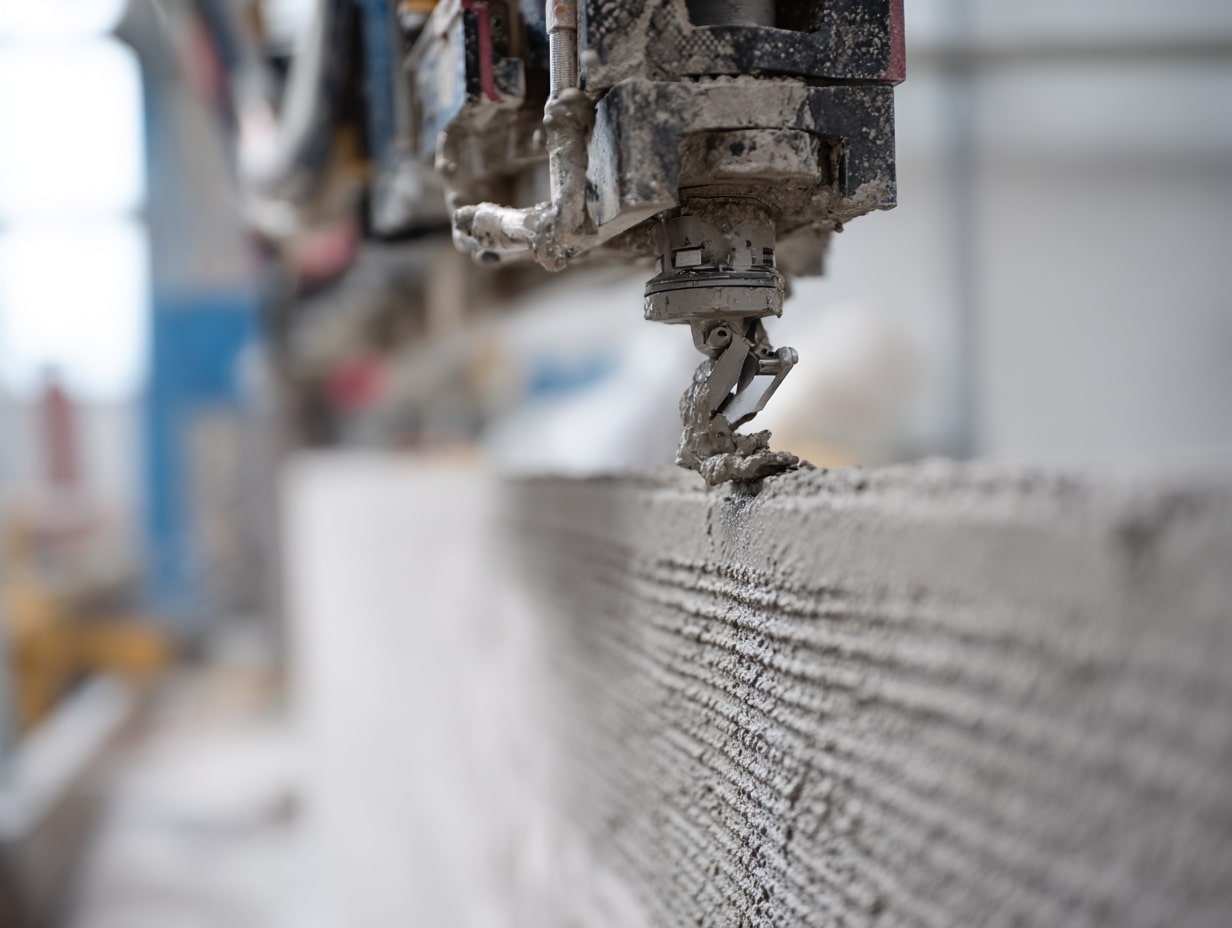- Home
- Articles
- Architectural Portfolio
- Architectral Presentation
- Inspirational Stories
- Architecture News
- Visualization
- BIM Industry
- Facade Design
- Parametric Design
- Career
- Landscape Architecture
- Construction
- Artificial Intelligence
- Sketching
- Design Softwares
- Diagrams
- Writing
- Architectural Tips
- Sustainability
- Courses
- Concept
- Technology
- History & Heritage
- Future of Architecture
- Guides & How-To
- Art & Culture
- Projects
- Interior Design
- Competitions
- Jobs
- Store
- Tools
- More
- Home
- Articles
- Architectural Portfolio
- Architectral Presentation
- Inspirational Stories
- Architecture News
- Visualization
- BIM Industry
- Facade Design
- Parametric Design
- Career
- Landscape Architecture
- Construction
- Artificial Intelligence
- Sketching
- Design Softwares
- Diagrams
- Writing
- Architectural Tips
- Sustainability
- Courses
- Concept
- Technology
- History & Heritage
- Future of Architecture
- Guides & How-To
- Art & Culture
- Projects
- Interior Design
- Competitions
- Jobs
- Store
- Tools
- More
The Evolution of Workspace Design: Integrating Standing Desks for Health and Productivity

The world of office workspace design has come a long way over the past few decades.
Standing desks are becoming essential in modern offices, the transformation reflects a broader understanding of how our workspaces impact our well-being.
By integrating standing desks into office design, companies hope to promote better posture, reduce the risks associated with prolonged sitting, and keep employees engaged and energized throughout the day.
Table of Contents
ToggleHistorical Context and Evolution of Desks
The desk concept has evolved significantly over the centuries, adapting to the changing needs and understanding of the workplace. Traditional desks were often rigid and bulky, designed for sitting for long periods. These desks were built for functionality, prioritizing storage and a stable surface for writing or reading over comfort. However, as awareness of health and ergonomics grew, so did the evolution of desk design.
Interestingly, standing while working isn’t a modern invention. Historical figures like Thomas Jefferson, known for his forward-thinking ideas, used early versions of standing desks. Jefferson believed that standing while working could boost his productivity and improve his health. Fast-forward to the 20th century, and you see the shift towards more ergonomic office furniture designs, focusing on comfort and reducing physical strain.
The motivations behind these changes are clear: health and productivity. Designers and employers started recognizing that comfortable, health-oriented workspaces could lead to happier, more productive employees. This recognition led to the resurgence of the standing desk, marking a significant step towards integrating health-conscious design into everyday office environments.
Health Impacts of Prolonged Sitting
Long periods of sitting have been related in studies to a number of health problems, including as obesity, acute cardiovascular disease, and even some forms of cancer. Long periods of sitting can also result in musculoskeletal issues, which are common complaints among office workers and include neck strain and lower back pain. The human body simply isn’t designed to remain seated for extended periods, and doing so can lead to a decline in overall well-being.
Standing desks offer an easy solution to these problems by encouraging more movement and promoting better posture. When employees use standing desks, they’re more likely to shift their weight, stretch, and move around, which helps to keep their muscles active and reduces the strain on their back and neck.
Ergonomics and Productivity Enhancements

Standing desks are celebrated for their ergonomic benefits, catering to individual users’ comfort and well-being. Unlike traditional desks, which often take a one-size-fits-all approach, standing desks can be adjusted to match the specific height and posture needs of each person. Learn more about how these adjustments enhance daily comfort and efficiency.
These ergonomic advantages aren’t just about comfort—they also translate to increased productivity and fewer workplace injuries. Employees who are more comfortable and experience less physical pain will likely be more focused and efficient in their tasks. Studies have shown that workers using standing desks tend to report higher levels of energy and concentration, which naturally leads to improved performance.
Additionally, by reducing the risk of musculoskeletal issues, companies can see a decrease in absenteeism and healthcare costs, making standing desks a valuable investment in employee well-being and overall productivity.
Modern Workspace Design: Integration of Standing Desks
The design of modern workspaces has evolved significantly, moving away from the rigid, isolated cubicles of the past to more open and dynamic environments. This shift is partly driven by the desire to create more collaborative and flexible spaces where employees can interact easily and work together more effectively. Standing desks play a crucial role in these modern designs, as they fit seamlessly into open layouts and foster a sense of movement and engagement.
Many companies have successfully integrated standing desks into their office environments, creating spaces that look contemporary and function more efficiently.
For instance, tech giants like Google, twitter and Facebook have incorporated standing desks into their office designs, promoting a culture of health and innovation.
Employees in these settings report higher satisfaction levels, feeling more empowered to choose how they work—sitting, standing, or moving around. This flexibility enhances collaboration and encourages a more active and engaged workforce, leading to better communication and a more positive work atmosphere..
Technological Advances in Standing Desks
Recent technological advancements have made standing desks even more user-friendly and adaptable. One notable innovation is programmable height adjustments, which allow users to set their preferred heights with the touch of a button. For a variety of modern standing desks that incorporate these technological features, you can explore options at https://desky.com/collections/standing-desks.
Some desks now have health monitoring features, tracking how long a user has been sitting or standing and even prompting them to change positions to promote better health.
Additionally, many modern standing desks integrate seamlessly with workspace management systems, offering features like reminders to take breaks or stretch, which can be synced with apps and other devices. These advancements enhance the user experience and provide customization options, allowing employees to tailor their workspaces to fit their personal needs and preferences. This level of customization helps create a more comfortable and efficient work environment, boosting both productivity and employee satisfaction.
Psychological and Community Well-being

The design of a workspace significantly impacts employees’ mental health and sense of community. A thoughtfully designed office incorporating natural lighting, communal spaces, and plant life can greatly enhance the work atmosphere. Natural light helps improve mood and reduce stress, while plants can create a calming environment and improve air quality. Communal spaces encourage interaction and collaboration, fostering employees’ sense of belonging and community.
Standing desks also enhance psychological well-being by promoting movement, which can increase energy levels and reduce feelings of fatigue.
Case Studies and Industry Adoption
Many companies have embraced standing desks and observed significant employee health and productivity improvements. For instance, a study conducted at a Texas-based call center showed that employees using standing desks were 45% more productive than their sitting counterparts. Tech companies like Google, facebook and Microsoft have also integrated standing desks into their office layouts, reporting increased employee satisfaction and reduced back pain and discomfort complaints. These companies have seen measurable benefits, such as decreased absenteeism and higher levels of engagement.
The trend towards healthier, more adaptable work environments is gaining momentum across various industries. Organizations recognize that investing in employee well-being pays off through increased efficiency and reduced healthcare costs. This shift reflects a broader understanding of creating flexible workspaces that accommodate different working styles, promote movement, and support employee wellness.
Conclusion
Integrating standing desks into workspace design offers numerous benefits, from improved health and posture to enhanced productivity and employee satisfaction. By reducing the risks associated with prolonged sitting and promoting a more active work environment, standing desks contribute to a healthier, happier workforce. Businesses should consider these desks as furniture and vital components of a modern, health-oriented office design that fosters well-being and supports a more dynamic and engaged workplace culture.
illustrarch is your daily dose of architecture. Leading community designed for all lovers of illustration and #drawing.
Submit your architectural projects
Follow these steps for submission your project. Submission FormLatest Posts
3D Printed Homes: Time, Cost, and What to Expect
3D printed homes explained: realistic timelines (24–72h walls, 8–16 weeks total), true...
How a Contact Centre Boosts Trust in Your Building Business
In construction, trust is the glue that holds projects together. Clients need...
How Real Time Parcel Geolocation Is Redefining Last Mile Efficiency for Modern Businesses
Last mile delivery has become the most critical point in the customer...
How Can Small Spaces Stay Stylish and Relaxing?
In today’s fast-paced urban lifestyle, small living spaces are becoming increasingly common....












Leave a comment